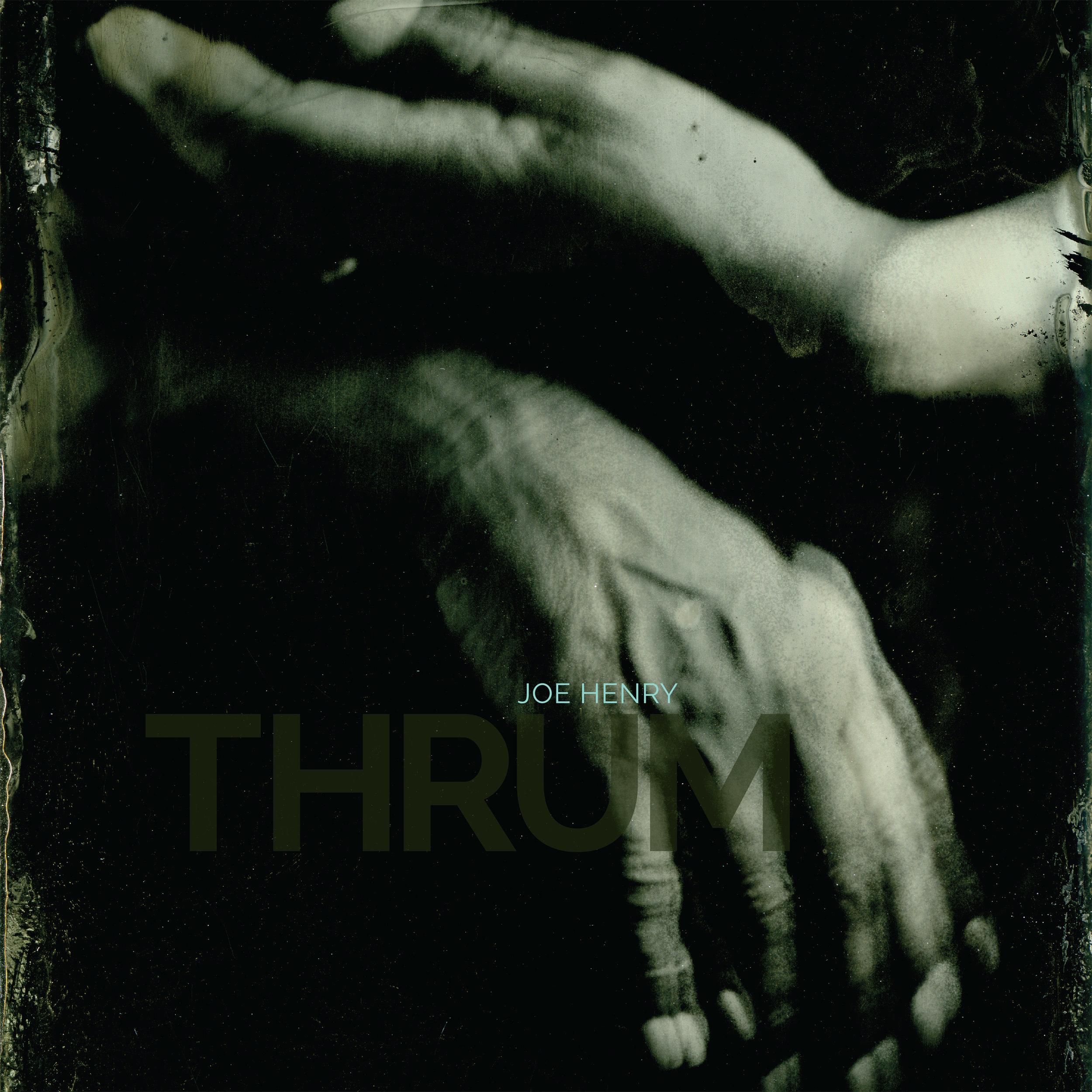A NOTE ABOUT THESE RECORDINGS [THRUM]
When the songs that make up Thrum began to arrive, pair off and multiply ––when I could hear within them a common vocabulary of shared intention–– I began to imagine not only the cast of musicians that might best articulate them, but as well a recording method which might bid welcome the unknowable and mercurial in each, and conjure them wholly, sparking into the room. And as I did, I went to my friend and longtime engineer, Ryan Freeland, with a proposition concerning how I might make an album that could allow for bold manipulations without forsaking the alligiences inherent to our spontaneous, performance-based ethos....
I pitched Ryan the notion that I would assemble a room of trusted brothers (one of them also a son); and as we offered up takes of each song, he would respond to their cumulative weather pushing through the control room speakers --not as a dispassionate stenographer documenting all for posterity, but as one making tonal movies on-the-fly: contorting, mixing, and printing the results to 1/2" stereo analog tape in real time as we played.
This scheme would, of course, prove feasible and advantageous for me only if Ryan and the other musicians found the invitation inspiring and not a hindrance to their collective creativity, upon which I have grown to so rely; and fortunately for me, they did to a man, and to them each I am grateful. As such:
We convened twice, for two days each gathering, at United Recording in Hollywood (its studio B being my favorite recording space in all of Los Angeles, its crew the kindest); and with each song emerging in rotation, we played to hear in collaboration its fundamental impulse; and as the song took shape, Ryan made decisions about how to frame it all as a visceral and singular listening experience. Ryan was, thus, a band member –essentially playing all of us as we played each song.
I had described to Ry and the fellas something of what I imagined, sonically ––referencing, for example, a particular Ray Charles album recorded live at the Olympia Civic Theatre in Los Angeles in 1964, wherein his voice throughout threatens the authority of the audio equipment employed to limit its dynamic volatility. When he sings low, the sound relaxes open like a dilated pupil, saturating with intimacy and color; and when Ray becomes fierce and pounces, it flares like a bulb being fed a wild surge of unmetered electricity, distorting like a fine line of ink being pulled into fuzzy bloom by thick and fibrous paper; and in truth, I wanted every sound to argue containment and speak like a living soul breaking out of a flat, still photograph and into vivid animation; wanted everything with its holy fractures in view.
I instinctively felt and still do feel that these songs could flourish no other way than being thrown headlong into the proverbial sea that would both toss them high and then pull them under into depths from whence none would emerge without 'the bends' that would leave them disoriented and walking oddly though steadfastly forward. The songs, after all, each initially surfaced to tease my reach like shadows in a fever dream: all of them naked and asking after succor –all of them reconciling not only light in darkness, but the light within darkness; of it: yielding what light itself shall never; all of them wanting not only for love, but to be fairly seen without judgment ––as every prodigal son and daughter longs to be.
And I embrace them here and all; am liberated, and accept that though of my own invention, these songs nonetheless will survive as they do, and well outside of my control, wild imaginings, and inevitable misgivings. So may it ever be.
They will, alas, break my heart, somehow; and in so doing, make me whole, I want to believe. Like the endless party in the apartment upstairs, they are noisy and unnerving to me even now; and by morning will leave empty bottles and un-mated shoes in their wake.
And in this way I shall follow them on.
JH
